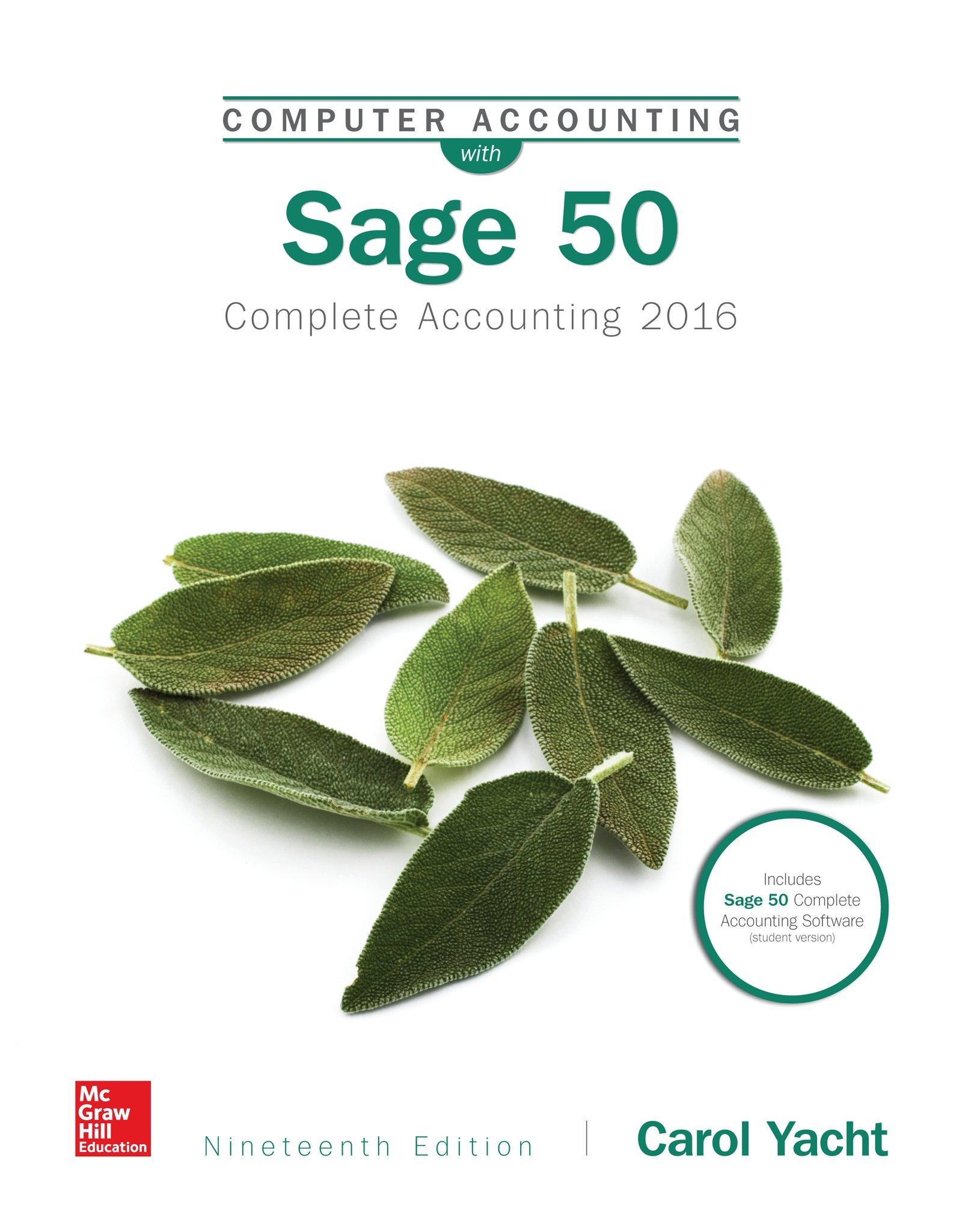Question
Brighton Services repairs locomotive engines. It employs 100 full-time workers at $17 per hour. Despite operating at capacity, last year's performance was a great disappointment
Brighton Services repairs locomotive engines. It employs 100 full-time workers at $17 per hour. Despite operating at capacity, last year's performance was a great disappointment to the managers. In total, 10 jobs were accepted and completed, incurring the following total costs:
Direct Materials: $1,054,400
Direct Labor: $4,760,000
Manufacturing Overhead: $1,120,000
Of the $1,120,000 manufacturing overhead, 35 percent was variable overhead and 65 percent was fixed. This year, Brighton Services expects to operate at the same activity level as last year, and overhead costs and the wage rate are not expected to change. For the first quarter of this year, Brighton Services completed two jobs and was beginning the third (job 103). The costs incurred follow:
| Job | Direct Materials | Direct Labor |
| 101 | $139,100 | 505,000 |
| 102 | 112,000 | 314,700 |
| 103 | 95,900 | 196,000 |
| Total Manufacturing Overhead | 273,100 | |
| Total Marketing and Administrative | 129,000 |
You are a consultant associated with Lodi Consultants, which Brighton Services has asked to help. Lodi's senior partner has examined Brighton Services' account and has decided to divide actual factory overhead by job into fixed and variable portions as follows
| Variable | Fixed | |
| 101 | $31,800 | 105,900 |
| 102 | 29,400 | 90,100 |
| 103 | 6,500 | 9,400 |
| Total | 67,700 | 205,400 |
In the first quarter of this year, 30 percent of the marketing and administrative cost was variable and 70 percent was fixed. You are told that Jobs 101 and 102 were sold for $875,000 and $588,000 respectively. All over- or underapplied overhead for the quarter was written off to COGS
Required Questions:
1. Using last year's overhead costs and direct-labor hours as this year's estimate, calculate predetermined overhead rates per DL hour for variable and fixed overhead (based on other examples, i got $1.40 and $2.60)
2. Present inT-accounts the normal manufacturing cost flows for the three jobs in the first quarter of this year. Use the overhead rates derived in the first requirement (this is where a lot of my confusion is, many of the other examples show the t-accounts but none explain HOW to use the overhead rates to determined the values used in the t- accounts. I would really appreciate if you could explain this process!)
3. Calculate operating profit (loss) for the first quarter of this year under actual and normal costing systems
Step by Step Solution
There are 3 Steps involved in it
Step: 1

Get Instant Access to Expert-Tailored Solutions
See step-by-step solutions with expert insights and AI powered tools for academic success
Step: 2

Step: 3

Ace Your Homework with AI
Get the answers you need in no time with our AI-driven, step-by-step assistance
Get Started


